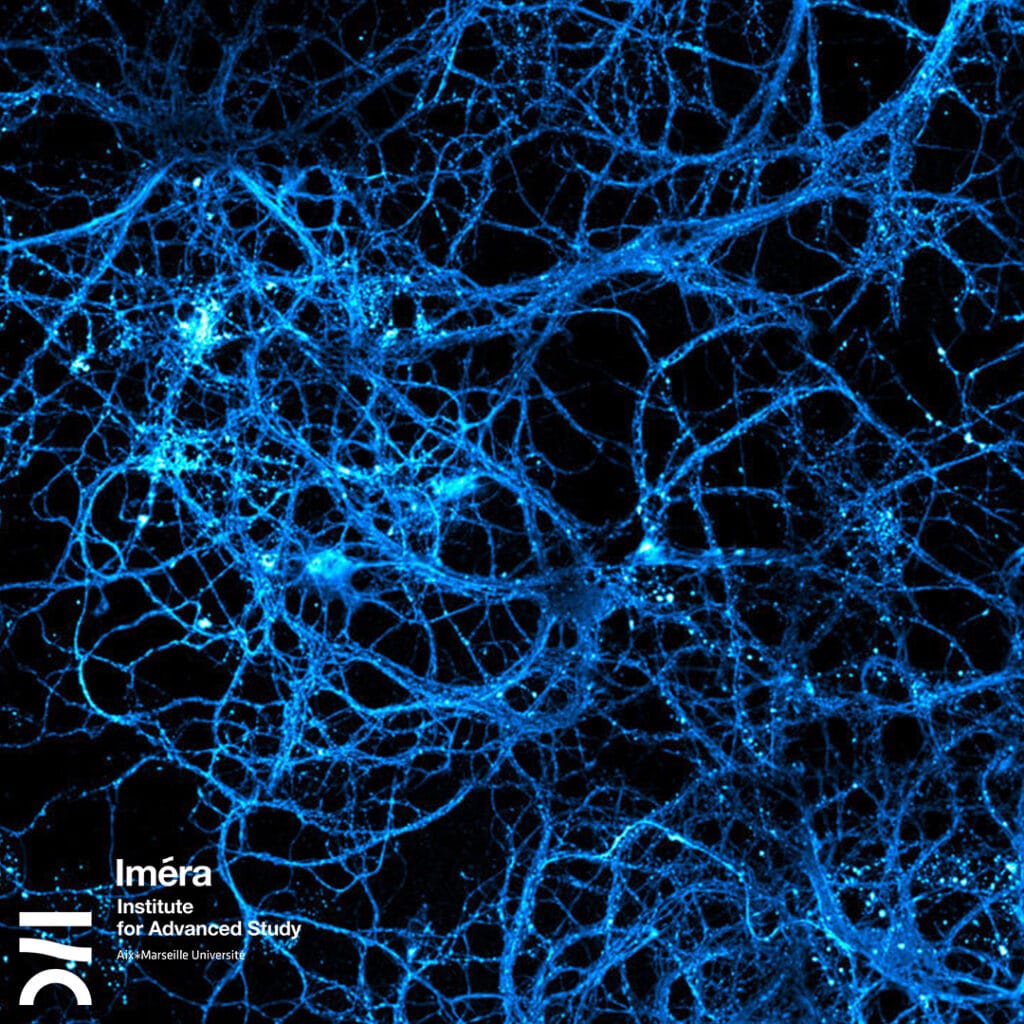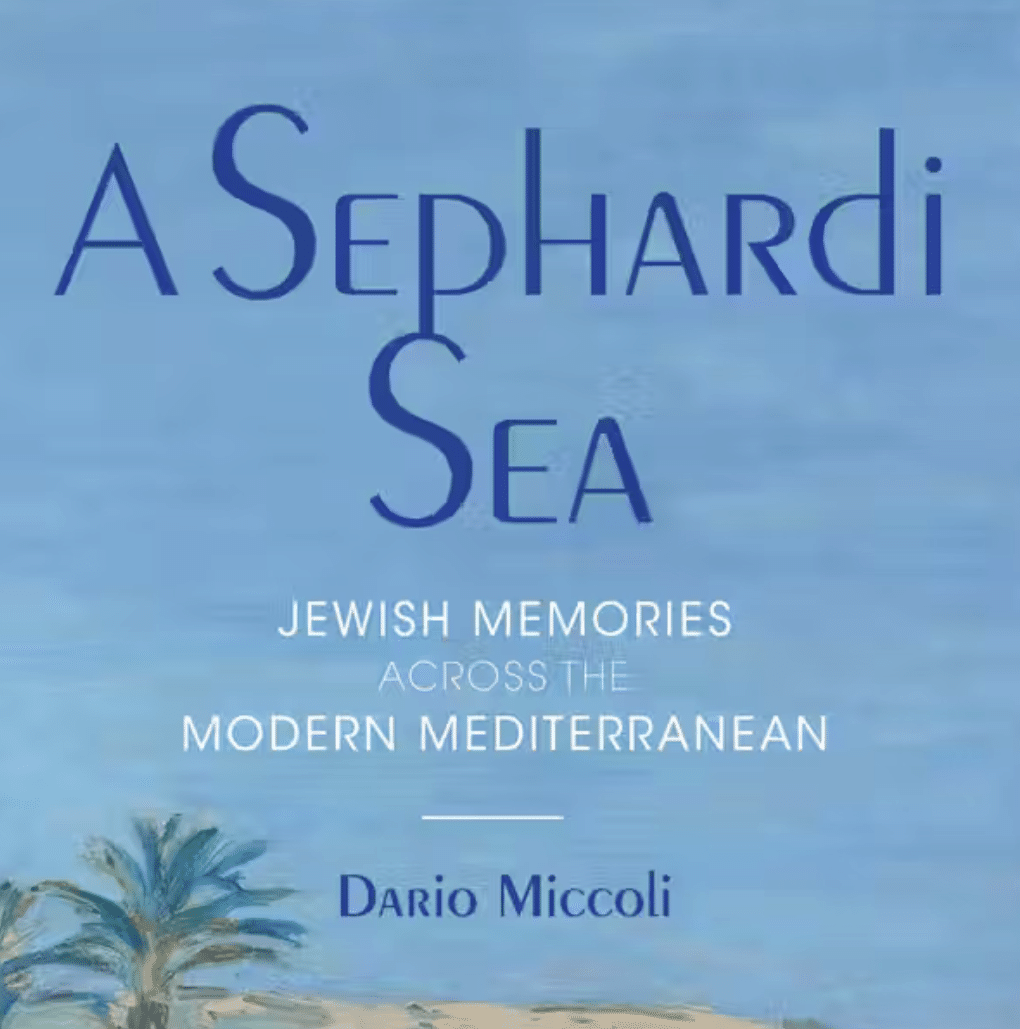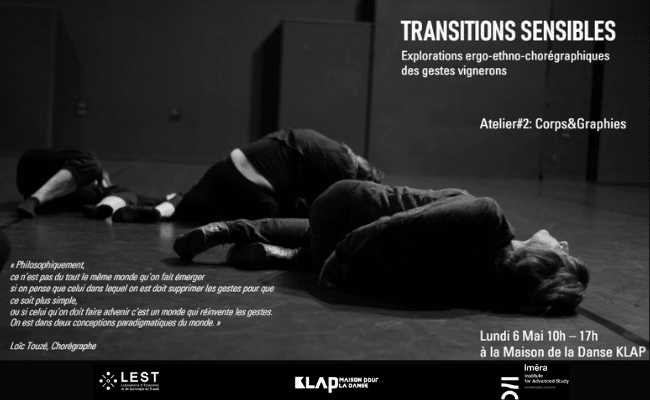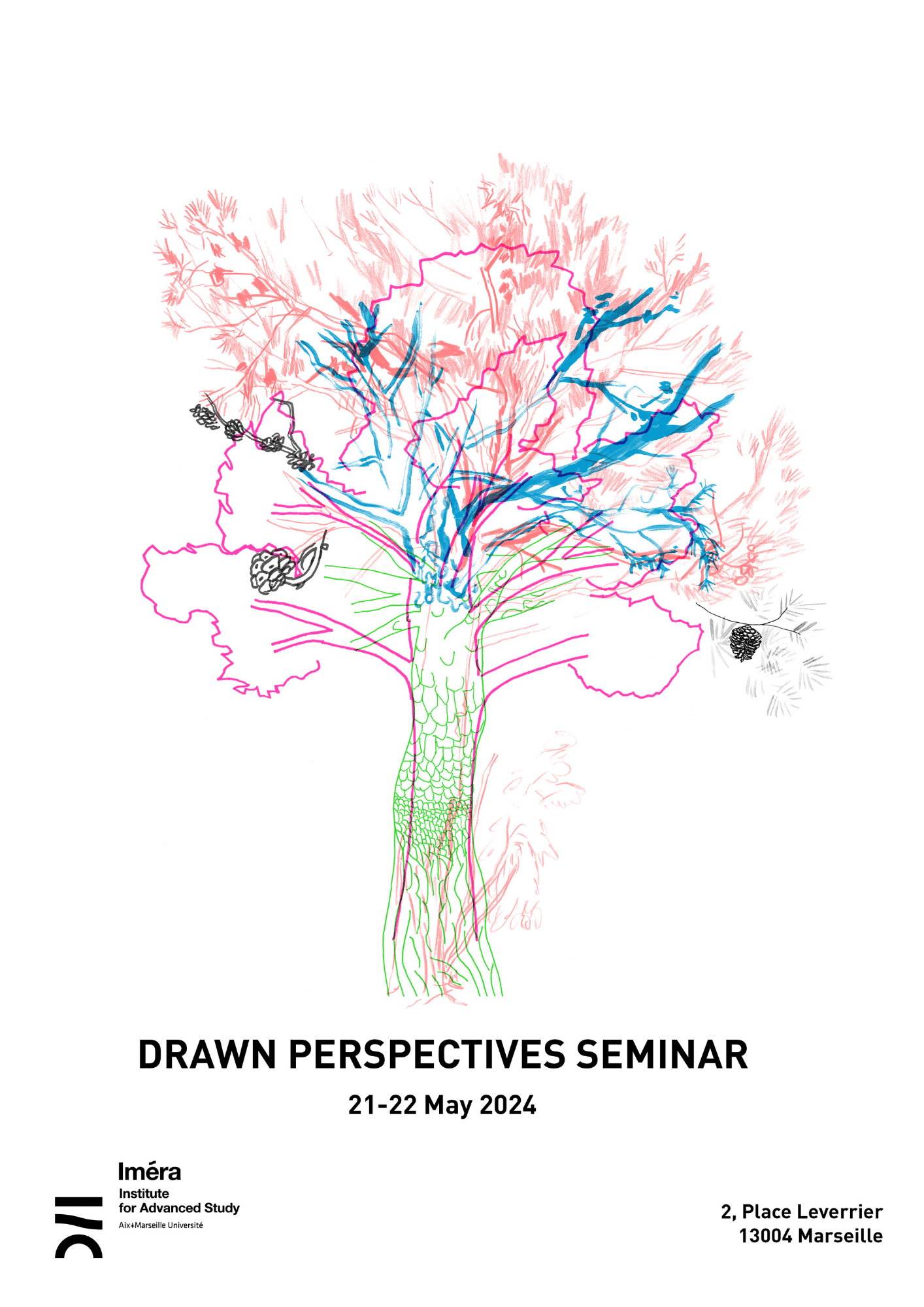| Inter-disciplines is a seminar proposed by Iméra to reflect on the theoretical consequences of interdisciplinary dialogue. Internationally renowned figures, who have actively worked at the intersection of two (or three) disciplines, will present, in a major conference, an assessment of the theoretical or methodological changes that this interdisciplinary dialogue has prompted and the dynamics it has triggered in each discipline. The major conference is preceded by a seminar the day before, the objective of which is to prepare for the major conference in advance with doctoral and master’s students (this preparation, as well as attendance at the seminar, counts towards doctoral training : https://www.univ-amu.fr/fr/public/tuile/college-doctoral). This seminar will be led by Gabriella Crocco (Iméra), Olivier Morizot, and Florence Boulc’h (IRES AMU). |
Morphogenesis, at the edge between biology, physics and mathematics

” What is life? Life seems to be self-evident, yet remains elusive. Is it a substance, a structure, a process? For Henri Bergson, ‘life is evolution’; ‘the body changes form at every moment. […] What is real is the continual change of form: form is only an instant captured in transition. “
These words underline a central property of living beings, namely an internal power of transformation, movement, and evolution, a unique dynamism. They also pose two formidable questions: what is the origin of this dynamism? How to think about the order and permanence of living forms, particularly our own, in light of the dynamics that characterize their development, their constantly renewed organization, and their history ?
Thus, biological species, long thought according to a fixist scheme, transform and evolve over millions of years. The human being renews most of its non-neuronal cells in less than ten years, some organs like the intestine in five days. Each cell replaces most of its molecular constituents in a few hours, and finally, each cellular organelle renews its components in a few minutes or seconds. How do organisms and all biological structures maintain a constant physiological state, a homeostasis? Where does the stable geometry of life come from, since ‘a stream of matter […] continually flows through the organism and renews it in its substance,’ as Claude Bernard so aptly put it? How does biological order emerge from the chaos present at the molecular scale?
The revolutionary innovations in microscopy of the last twenty years have revealed the unsuspected extent of these dynamics, and, as we will see, offer new insights into the specificity of living matter and its complex self-organization. […] Life unfolds its dynamic forms in an in-between: on one side, the stochastic world of molecular interactions without which life would not exist and mutations without which life would be nothing but a dull and eternal repetition; on the other side, the deterministic world of physical laws and genetic laws, without which there would be no order. Between the two, life reveals itself as fragile yet certain, creative, and – should we not rejoice in this? – also unpredictable.” (Thomas Lecuit, Inaugural Lecture at the Collège de France).
WEDNESDAY, 12th June
15h-18h
(Iméra, 1st floor meeting room of the Maison Neuve building, 2 place Leverrier)
Dynamics of the Living
Seminar and doctoral training centered around the reflection of Thomas Lecuit (ADUM doctoral college), led by Gabriella Crocco (Iméra), Olivier Morizot, and Florence Boulc’h (IRES, AMU).
This session of the Inter-disciplines seminar cycle and doctoral training will focus on the analysis of Thomas Lecuit’s article, which explores the underlying principles of morphogenesis and spatial organization of biological tissues. In it, he highlights the importance of mechanical interactions between cells and their environment in regulating developmental processes. Lecuit also examines how cellular and molecular mechanisms contribute to the generation of complex anatomical forms and structures.
Throughout, this text chooses to remain centered on interdisciplinary encounters and practices because while the results of a funded research project are often published, the approaches, obstacles, implicit biases, and epistemological contributions are rarely questioned and valued. Yet, isn’t doing science also about knowing how to transmit while reflecting on what is being transmitted ?
Thursday, 13th June
Due to the french Vigipirate plan, we are required to ask all participants to register. Thank you for your understanding
16h-18h
(Iméra, Maison des Astronomes building conference room, 2 place Leverrier)
Morphogenesis, at the edge between biology, physics and mathematics
In this fourth seminar of the Inter-disciplines cycle, biologist Thomas Lecuit, introduced by Alan Turing and further developed by researchers such as Francis Crick and Christiane Nüsslein-Volhard, explores through multidisciplinary approaches including developmental biology, biophysics, and mathematical modeling, seeks to elucidate the fundamental principles underlying the spatial and temporal coordination of cells during the establishment of anatomical structures. Furthermore, we will discuss self-organization models, highlighting how complex structures emerge from simple local interaction rules.
Former student of ENS and a member of the Academy of Sciences, Thomas Lecuit currently serves as the director of the Turing Center for Living Systems located in Marseille, an interdisciplinary center studying complexity and self-organization in biology through the contributions of physics, computer science, mathematics, and biology. Additionally, he holds a chair dedicated to Dynamics of the Living at the Collège de France since 2016.
Thomas Lecuit is a biologist whose research focuses on morphogenesis, which is the origin of forms in living organisms, such as neurons or embryos. During embryogenesis, millions of cells divide, move, change shape, and collectively give rise to a complex organism. What are the mechanical forces at play, and what information flows guide these complex processes to their conclusion? To answer these questions, Thomas Lecuit uses the fruit fly (Drosophila) as a model organism. He observes, characterizes, and perturbs the physical and biological properties of development through experimental approaches, and collaborates with physicists and computer scientists to develop theoretical frameworks for understanding these behaviors.
- LECUIT, Thomas. Dynamiques du vivant : Leçon inaugurale prononcée le jeudi 27 avril 2017. Nouvelle édition [en ligne]. Paris : Collège de France, 2018 (généré le 08 avril 2024). Disponible sur Internet : https://books.openedition.org/cdf/5781. ISBN : 978-2-7226-0491-9. DOI : https://doi.org/10.4000/books.cdf.5781.



